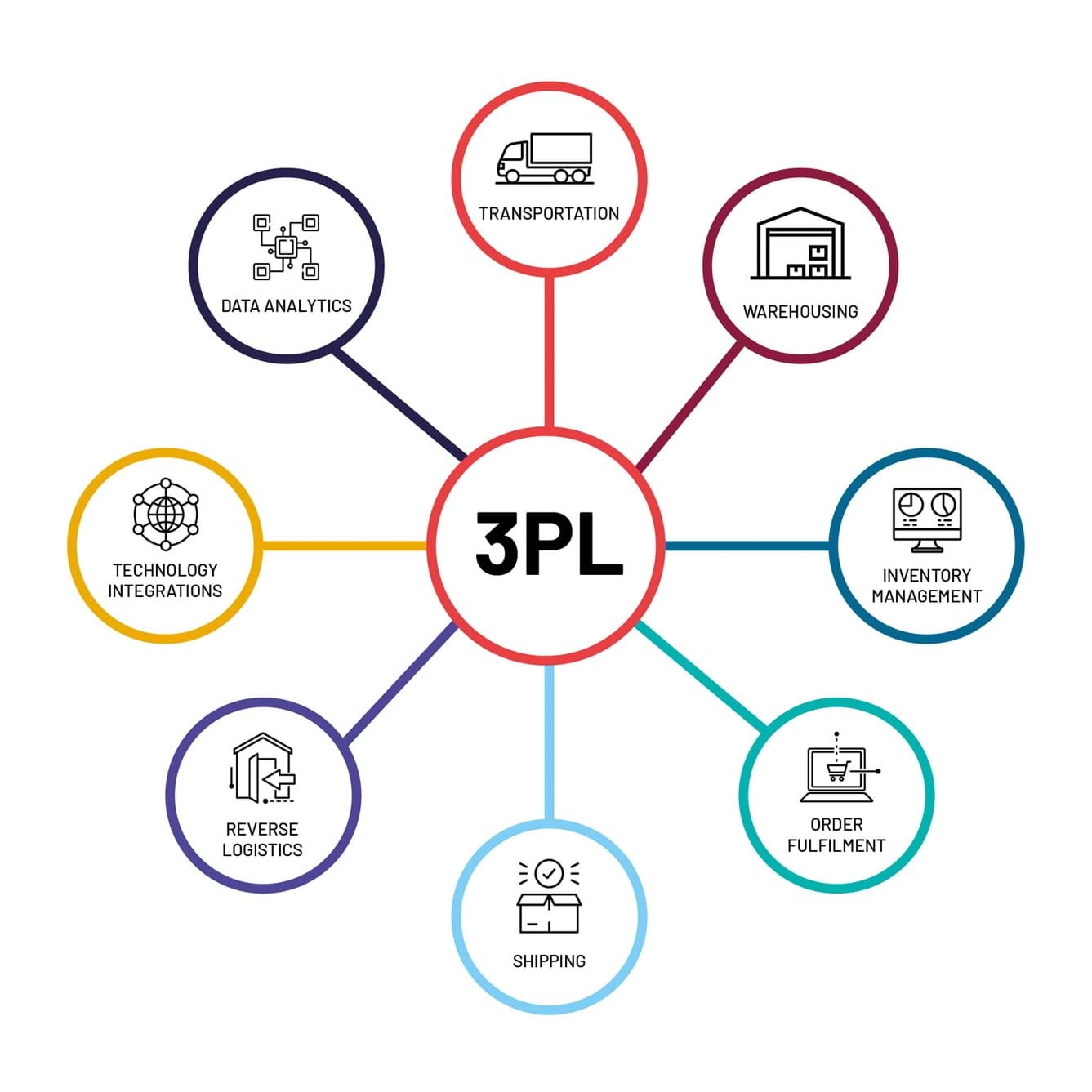
Image source: Pexels | 3PL vs. 4PL vs. 5PL: Understanding the Key Differences Between Logistics Providers
The peculiar evolution of business in the last two years has brought a new perspective on 3PL, 4PL, and 5PL logistics providers. The strengthening of e-commerce, increased competition and the emergence of new commercial dynamics have reinforced logistics outsourcing as an advantageous alternative for companies.
Read also: 7 Cost-Saving Tips Every Supply Chain Manager Should Know
3PL, 4PL, and 5PL: different levels of outsourcing
The big difference between these 3 levels, known as parts of the logistics process (party logistics), is the degree of outsourcing of services. The scale goes from 1PL to 5PL.
In 1PL, the company provides all logistical services, without resorting to any partner. It is more common in giant companies with a large capacity and breadth.
At the second level, the company delegates the delivery of products to an outsourced partner, to ensure greater efficiency and agility. It is a model that is still very common in small companies, which only need support in the transactional phase.
But on the rest of the scale: 3PL, 4PL, and 5PL, logistics providers assume greater complexity with the companies that seek them out.
3PL: From storage to delivery to the end customer
 A 3PL partner guarantees the collection, storage, preparation, and delivery of products to the end customer. The 3PL service provider allows the company that uses it to:
A 3PL partner guarantees the collection, storage, preparation, and delivery of products to the end customer. The 3PL service provider allows the company that uses it to:
- Reduce costs with deliveries (especially if the end customers are individual senders) and with storage and inventory management.
- Better manage order volume fluctuation over time.
- Test new markets, without having to invest in new spaces or staff (at least in the last stages of the process).
- Improve customer satisfaction: specialized operators like 3PL service providers guarantee delivery of the order the next day or even the same day and in excellent condition. It is a commitment made to the outsourced company that hires but with an extreme impact on the end customer.
4PL: From supplier to end customer
With broader operations than 3PL, the 4PL partner guarantees supplier management and technology integration throughout the process. While in the previous strategy, the functions are focused on a more practical, day-to-day aspect, focused on the transaction, in a 4PL approach the partner already takes care of integration and optimization tasks.
“4PL simplifies and speeds up the logistics function, using technology to obtain greater visibility and operational discipline for various partners and suppliers. The company can focus on its core competencies and rely on the 4PL partner to manage the supply chain function and thus obtain maximum value”.
5PL: The most global strategy
With the development of business and the growth of e-commerce, a new member has emerged on the logistics position scale: the 5PL. This partner assumes the most global logistics strategy of all. The company hands over the entire operation to this operator, expecting continuous optimization of the process, based on a technological vision. Data analysis and application of artificial intelligence are some examples of practices expected at this level of logistics outsourcing.
The existence of 3PL, 4PL, and 5PL operators allows businesses to maintain very high-quality standards and expand their products and/or services with the support of specialized partners. However, the choice of strategy always depends on the size, complexity, and objectives of the business.
Partnering with the right logistics provider can drive significant operational improvements and set your business up for scalable growth. Get in touch with us today to discover how 3PL Links can help you optimize your logistics strategy and accelerate your business success.


